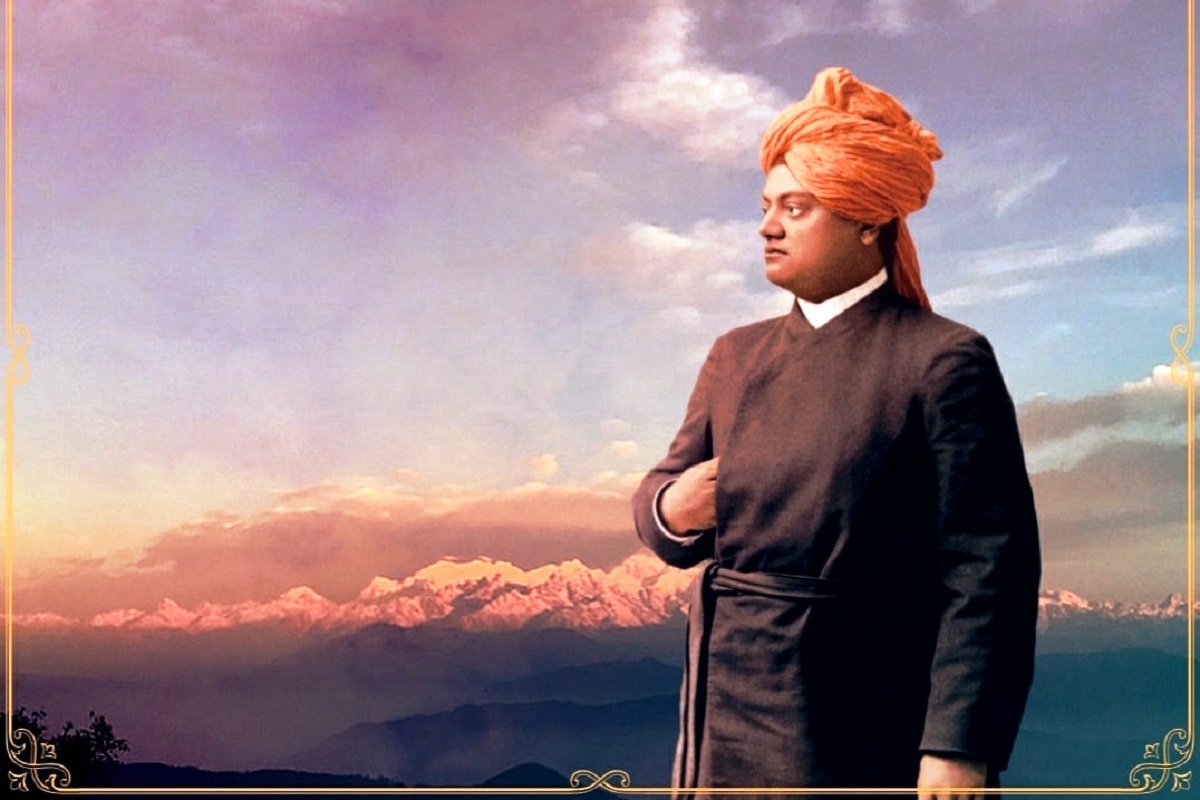
“Three things cannot be long hidden:
the sun, the moon, and the truth.”
The Buddha

This spiritual post is about someone so special that he is called “Prince among men, a man in a million”, who is revered in a way no one else is in today’s India. His influence in his days was so profound that those who met him were instantly captivated by his magnetic and complex personality, his vast knowledge of virtually anything and everything, his wisdom, his ability to speak on any subject without preparation and anywhere, and his legendary, unique memory. He was one of the greatest thinkers of all time, and to get the right perspective and to be able to write about him, I studied all 8 volumes of his work and was greatly impressed by his ideas, his thoughts, and his passionate beliefs. I have already dedicated two lengthy posts to Swamiji’s life and works; today’s will chronicle his tour of America and Europe, and his relationship with Nikola Tesla. His legacy will live on because being as familiar with science and logic as with Advaita’s philosophy, he was able to reconnect arguments on both sides. He is recognised in India as one of its greatest sons who virtually conquered the two western continents with his Vedanta movement. There are monuments devoted to his memory in India as well as in other countries, as well as stamps.


I am starting from 30th July 1893 when Swamiji arrived on the Canadian Pacific Railway at Chicago station. It was his experience at the railway station that made him, for safety, check into one of the biggest hotels in Chicago. At the time, World Fair, the parent company of The Parliament of World’s Religions was still some months away, but they held a fair of inventions and arts. Of course, being always curious about anything new he could learn, Swamiji visited the exhibition, marvelled at the exhibits, and wondered about the brilliance of the minds who were the creators. Chicago, being a large city, was quite expensive, and hearing that Boston was much cheaper, after spending twelve days in Chicago, he boarded a train to Boston.
Courtesy of WBEZ Chicago:
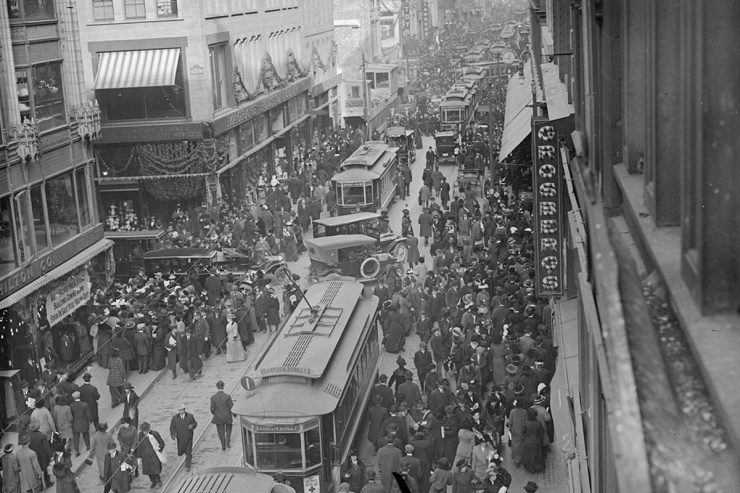
On the train, Swamiji met a lady, Katherine Abbott Sanborn. Like anyone who met Swamiji, she was so highly impressed by him that she invited him to be her guest in Boston.
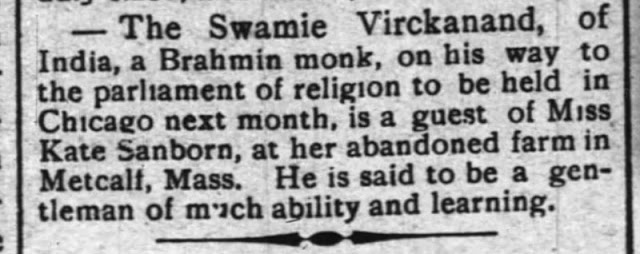
Breezy Meadows, Metcalf, Massachusetts, where Swami stayed as a guest of Katherine Abbott Sanborn

Katherine Sanborn (below right) was a lecturer and author, she also had a wide circle of friends. It was through her that Swamiji met Dr. John Henry Wright (below left), a professor of Greek at Harvard University. He invited Swamiji to spend the weekend of 26th August with his family at a small and quiet village resort at Massachusetts on the Atlantic coast where they were spending summer.


The highly knowledgeable Professor was so impressed by Swamiji’s depth of knowledge that he insisted on Swami representing Hinduism at the Parliament of World’s Religions. When told by Swamiji that he had no credentials with him, the professor replied, “To ask you, Swamiji, for credentials is like asking the sun to state its right to shine.”
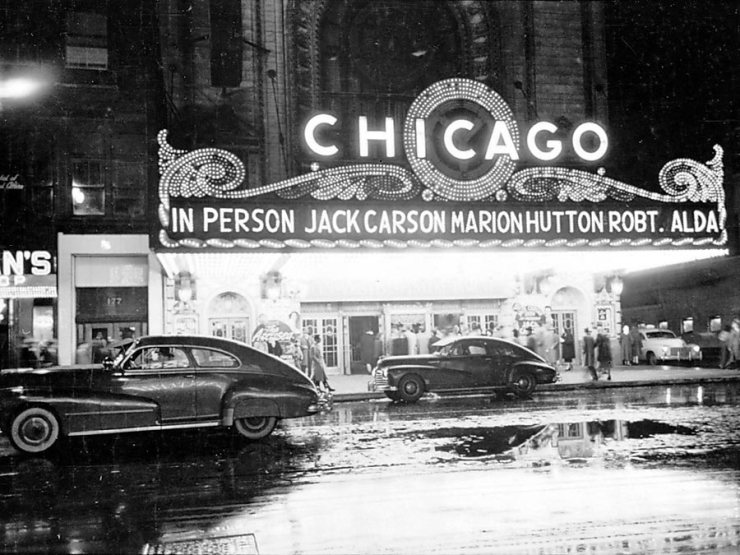
The Professor knew many distinguished people associated with the Parliament and wrote an introductory letter for Swamiji to the Chairman of the Committee for Selection of Delegates, stating, “Here is a man who is more learned than all our learned professors put together.” He also presented Swami with the passage money to Chicago, and also gave him the introductory letters for the committee in charge of accommodating and providing for the delegates.
Kate Tannatt Woods

This was most welcome to Swamiji and he rejoiced at this Divine indication. Before returning to Chicago, he spent a busy week in Massachusetts in the house of Kate Tannatt Woods, “Maple Rest” on North Street, Salem. There, he addressed several gatherings and spoke about Indian culture, the Hindu dharma, and India’s needs. Kate Tannatt Woods was an American author, editor, journalist, and club woman. She published a number of children’s books and novels, and her poems, short stories, and articles were published widely in newspapers and magazines.
Typical townhouses in Saratoga Springs
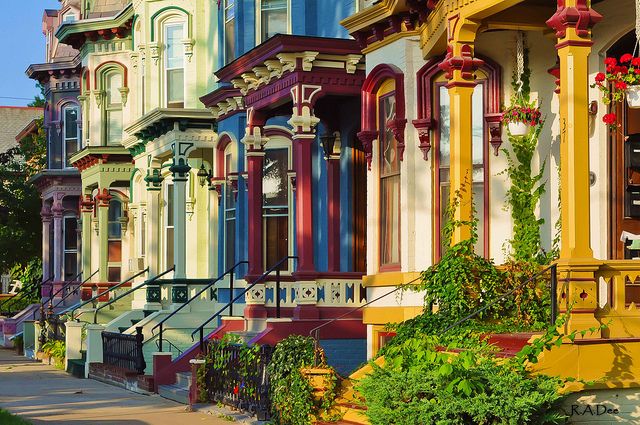
On 4th September, he left Mrs. Woods’ residence for Saratoga in New York where he was to speak not once but thrice at the American Social Science Association, where Franklin Sanborn, the brother of Katherine Sanborn of Boston, was the secretary. It was a rare honour shown to a young unknown Hindu monk.

Swamiji returned to Chicago around 9th September 1893, but somehow landed in the northeast section where most of the population consisted of people of German origins. The language barrier resulted in him spending the night in a huge empty box in the railway yard. The next morning, he woke up, hungry and tired but when he tried asking the direction to the office of Dr. John Henry Barrows, Chairman of the Parliament’s General Committee, the local people were rude and unhelpful. Exhausted, Swamiji sat on the kerb of the playground. It was then that a lady came out of the house opposite the playground and ask him if he was a delegate to the Conference of the World’s Religions. When he confirmed that he was, the lady, the wife of George W. Hale, invited him to their house where he bathed and had his breakfast. After that, she personally accompanied Swamiji to the office of the Parliament.
Mrs George W. Hale

The Hale residence, then at 541 Dearborn Avenue
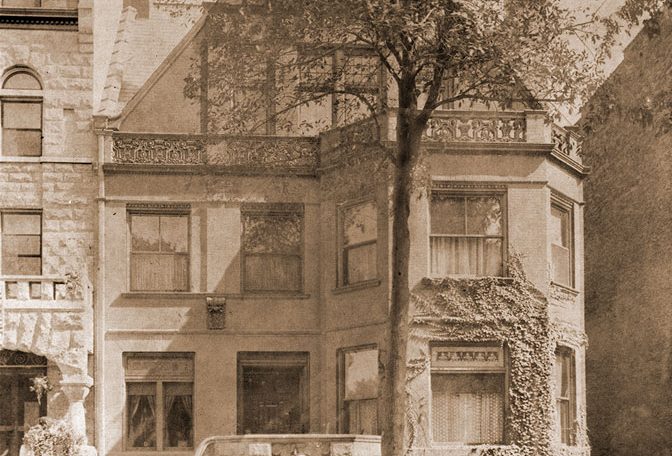
Swamiji was registered as a delegate and was assigned lodgings at the house of Mr. and Mrs. John B. Lyon at 262, Michigan Avenue. Swamiji passed his time praying and meditating, and longing that he might be blessed as the true bearer of his Master’s message. He also became acquainted with many other delegates to the Parliament.

The Parliament of World’s Religions was held from 11th to 27th September 1893, and had an impact on the history of religions, especially that of the Hindu one. The Parliament roused a wave of new awareness in the western world, especially in America. As the Honourable Mervin-Marie Snell, the President of the Scientific Section, put it:
“One of its chief advantages has been in the great lesson which it has taught the Christian World, especially to the people of the United States, namely that there are other religions more venerable than Christianity and which surpass it in philosophical depth, in spiritual intensity, in independent vigour of thought, and in breadth and sincerity of human sympathy, while not yielding to it a single hair’s breadth in ethical beauty and efficiency.”
The Art Institute of Chicago, where Swamiji gave his famous discourse at the Parliament of the World’s Religions

There were thousands of delegates at the Parliament, and Swamiji Vivekananda was the youngest of them all. The Parliament was held in Chicago’s newly constructed and imposing Art Institute on Michigan Avenue. I wrote at length in the first post about Swamiji’s historic speech that had a full two-minute thundering standing ovation from seven thousand delegates as soon as he addressed the gathering as “Sisters and Brothers of America”. The rest is history.
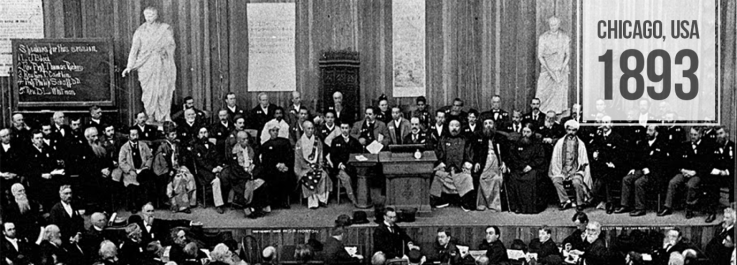
This was Swamiji’s introductory and welcome speech on the 11th of September. Thereafter, he spoke on 15th September on “Why We Disagree”, on 19th September on “Hinduism”, on 20th of September on “Religion not the Crying Need of India”, on 26th of September on “Buddhism, The Fulfilment of Hinduism”, and finally gave his concluding address at the Final Session on 27th September. His performance at the Parliament of World’s Religions made him famous throughout the world, but name and fame did not affect him, and he remained the sanyasi with the overwhelming desire to change the future of the poor Indians.

After the Parliament of World’s Religions, the Slayton Lyceum Lecture Bureau signed him up, and from the fall of 1893 to the end of 1894 he toured eastern America. He also got invited as far north as Canada and Memphis in the south. At the time Swamiji would do fourteen lectures a week, not all on religion. Towards the beginning of 1895, he took an apartment in New York City and began weekly classes and discourses on Yoga.
Historical New York
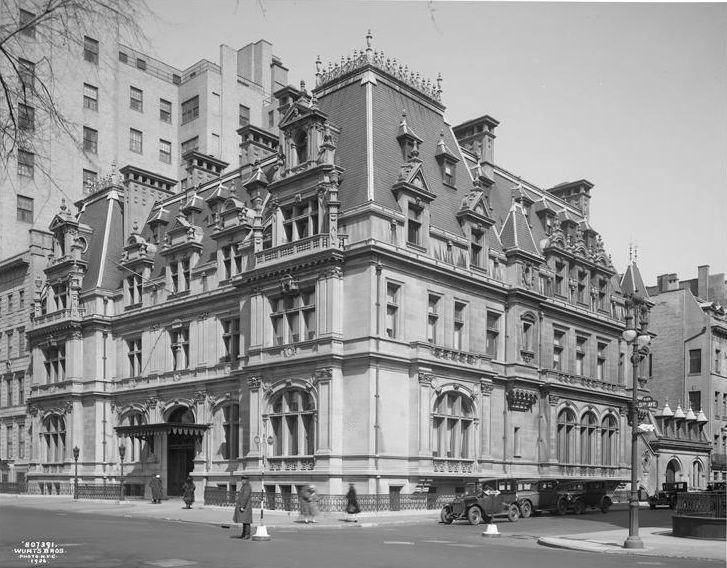
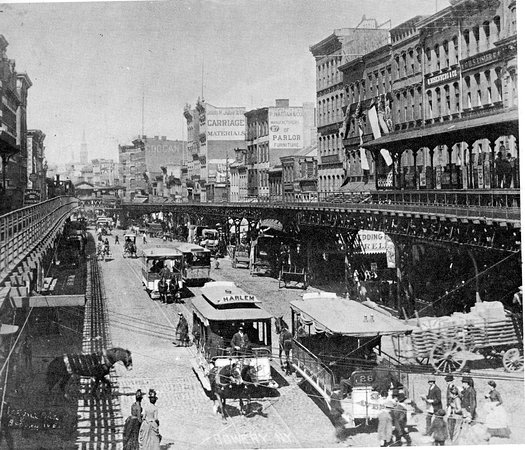
The Slayton Bureau took advantage of Swamiji’s unworldly nature and started cheating him. Some of his well-wishers got the contract cancelled sometime towards the end of 1894, and Swamiji started lecturing independently again. At that time, Swamiji was getting weary of this continuous lecturing but he resigned himself to Divine will, and continued with his mission of spreading his message to the West. This time he was based in Chicago and toured the east coast, lecturing before both small private gatherings and large public audiences. Swamiji was in Chicago until 28th June 1894.
Green Acre in Eliot, Maine
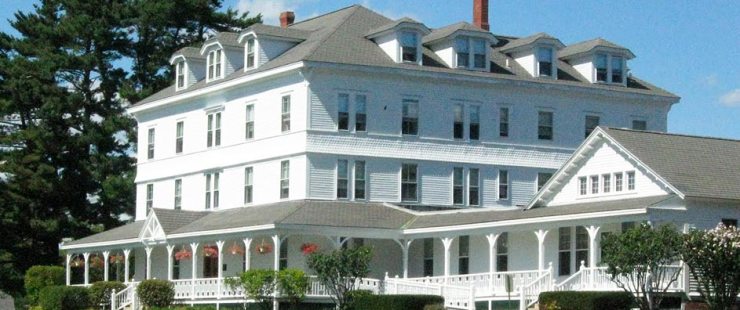
Sarah Farmer
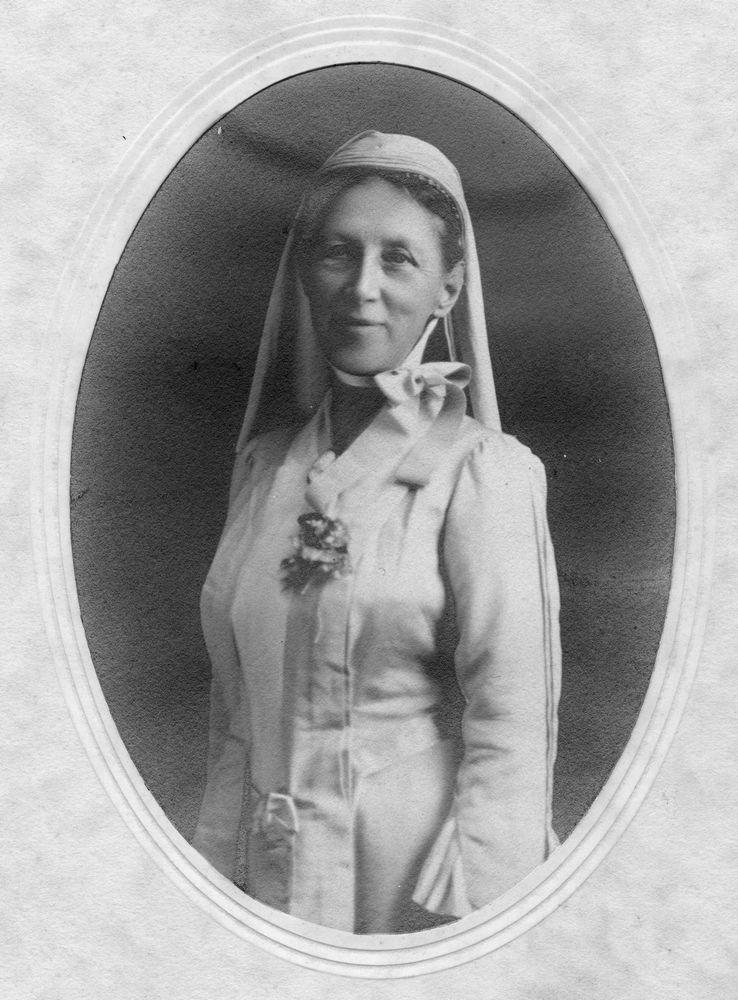
Towards the end of July, Swamiji was invited by Sarah Farmer to the Green Acre Conference, which was open to all religious speakers. Here, he held a series of classes, his first in the West, which expounded the Vedanta philosophy to a group of enthusiastic students who sat around him under a pine tree. He taught them the Gita and Raja Yoga too.
Swami Vivekananda and actor Joseph Jefferson (standing with hat) pose with other guests at Green Acre, circa 1894. The programmes at the Green Acre School included speakers from all over the world. The intent was to create dialogue on religion, philosophy, the nature of the soul and world peace.
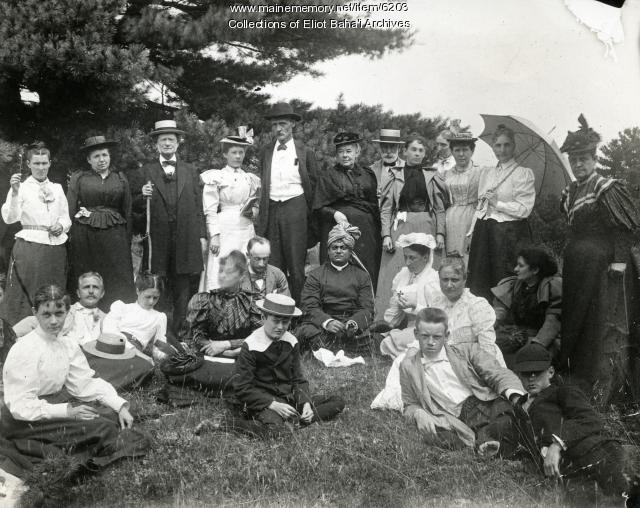
Swamiji was at Green Acre for about two weeks, after which he went to Plymouth where he was invited to speak before the Free Religious Association. From there, he travelled to the seaside village of Annisquam in Massachusetts and thus completed a full circle by returning to the same place where exactly a year ago he had been the guest of Dr. J.H.Wright who had given him previously the letters of introductions. This time he was a guest of his ever-loyal friend, Mrs. Bagley from Detroit, and remained there for two weeks.
Plymouth Rock lies at the water’s edge in this monument at Pilgrim Memorial State Park in Plymouth, Massachusetts.
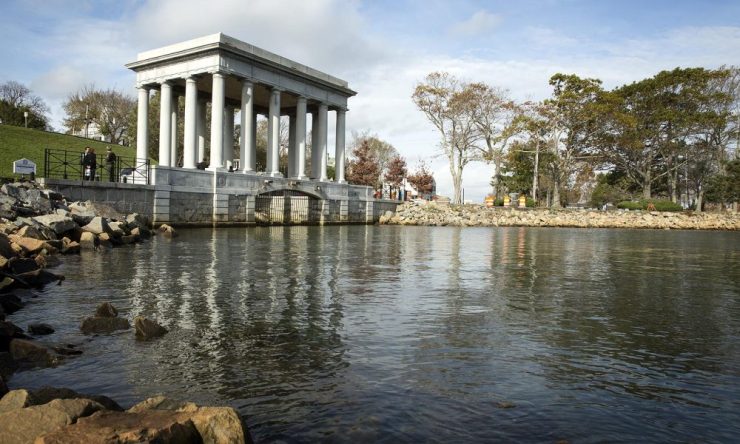
The summer over, Swamiji left for Boston on the 6th of September. There he had three weeks of lecture engagements. Then he travelled to Cambridge, where he stayed at the house of Mrs. Sara Bull, the widow of a famous Norwegian violinist and later one of his most ardent supporters.
Sara Chapman Bull
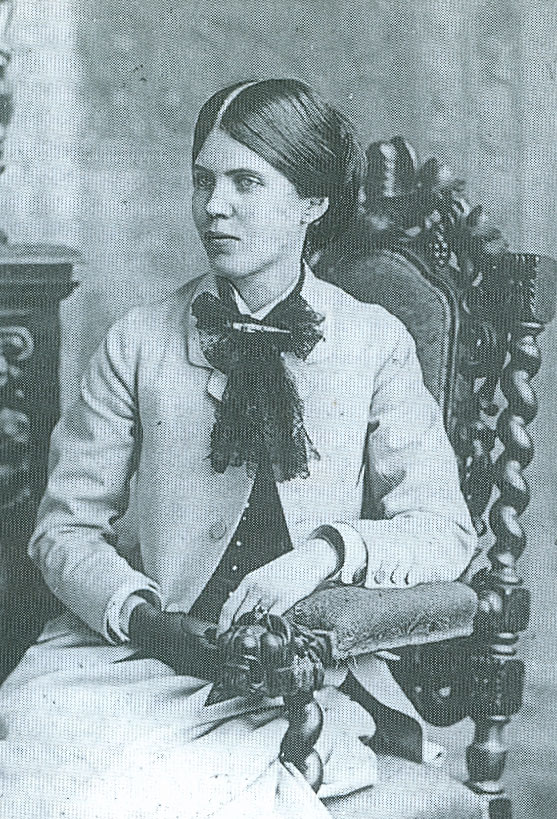
Ole Bull, the virtuoso violinist
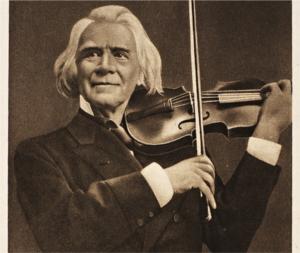
“Sigrid’s Song” by Ole Bull, performed by Arve Tellefsen (courtesy of John):
His next stop was Baltimore, Maryland where he spoke twice, on 14th and 21st September, on “Dynamic Religion.” From there, he went to Washington DC, returning again to Baltimore in the first week in November.
City Hall in Baltimore, Maryland

Wanting to teach more about Advaita Vedanta, Swamiji organised in November 1894 in New York, a Vedanta Society. After he finished his last few engagements, he planned to settle down in New York, at 54 West 33rd Street. He had several American devotees.
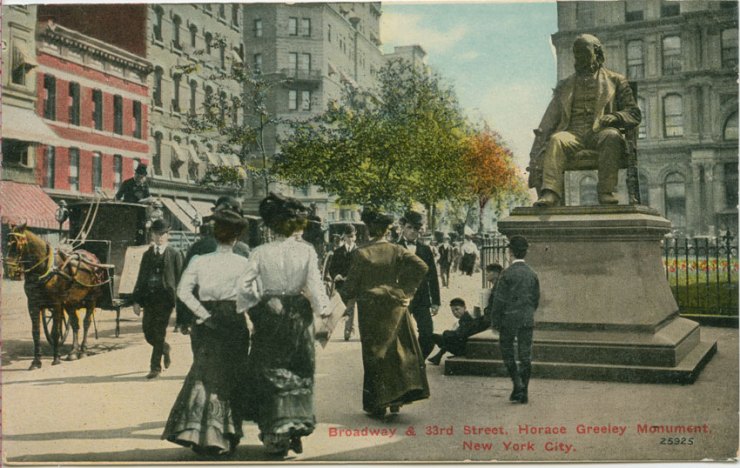
Commemorated in the monument shown above, Horace Greeley was an American newspaper editor and publisher who was the founder and editor of the New-York Tribune.
Meanwhile, Swamiji received a pressing invitation from England, and he left to travel to Paris with one of his devotees.
Hotel Continental in Paris
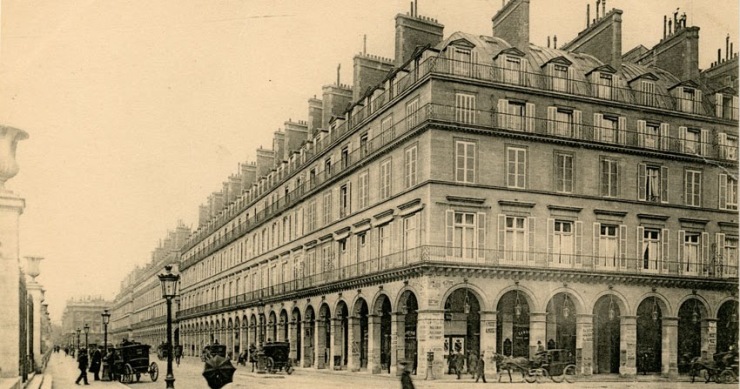
Swami Vivekananda and Francis H Leggett checked into the luxurious Hotel Continental on the Rue de Rivoli for fifteen days before Leggett’s wedding to Betty Sturges. The hotel, which took up an entire block, faced the Tuileries next to the Seine with its moat, gardens and ornamental water basins. The hotel, built in 1878, is now The Westin Paris-Vendôme.
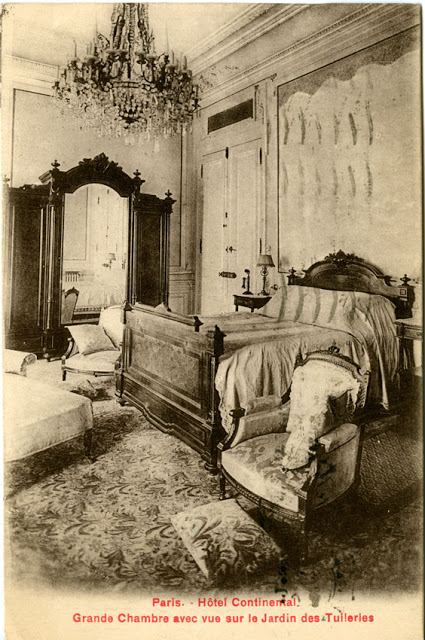
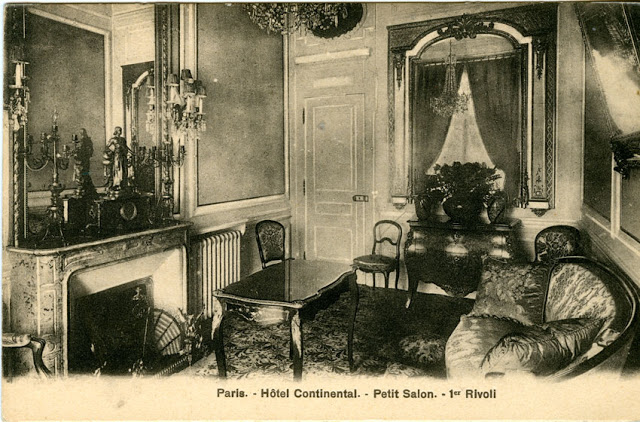
Swami’s visit to Paris impressed him so deeply that he wrote the following Ode to the city.
FRANCE AND ITS CAPITAL
|
“What is this Europe? Why are the black, the bronze, the yellow, the red inhabitants of Asia, Africa, and America bent low at the feet of the Europeans? Why are they the sole rulers in this Kali-yuga? To understand this Europe, one has to understand her through France, the fountainhead of everything that is highest in the West. The supreme power that rules the world is Europe, and of this Europe the great centre is Paris. Paris is the centre of Western Civilization. Here in Paris, matures and ripens every idea of Western ethics, manners and customs, light or darkness, good or evil. This Paris is like a vast ocean, in which there is many a precious gem, coral and pearl, and in which, again, there are sharks and other rapacious sea-animals as well. Of Europe, the central field of work, the Karmakshetra, is France. A picturesque country, neither very cold nor very warm, very fertile, weather neither excessively wet nor extremely dry, sky clear, sun sweet, elms and oaks in abundance, grass-lands charming, hills and rivers small, springs delightful. Excepting some parts of China, no other country in the world have I seen that is so beautiful as France. That play of beauty in water and fascination in land, that madness in the air, that ecstasy in the sky ! Nature so lovely, the men so fond of beauty ! The rich and the poor, the young and the old, keep their houses, their rooms, so artistically neat and clean – the whole country looks like a picture. Such love of nature and art have I seen nowhere except in Japan. The palatial structures, the gardens resembling Indra’s paradise, the groves, even the farmer’s fields – everywhere and in everything there is an attempt at beauty, an attempt at art, remarkable, and affected with success, too. Paris is the fountainhead of European civilization, as Gomookhi is of the Ganga. This huge metropolis is a vision of heaven on earth, the city of constant rejoicing. Such luxury, such enjoyments, such mirthfulness are neither in London nor in Berlin nor anywhere else. True, there is wealth in London and in New York, in Berlin there is learning and wisdom; but nowhere is that genius of the Frenchman. Let there be wealth in plenty, let there be learning and wisdom, let there be beauty of Nature also, elsewhere – but where is the MAN? This remarkable French character is the incarnation of the ancient Greek, as it were, that had died to be reborn again – always joyful, always full of enthusiasm, very light and silly, yet again exceedingly grave, prompt, and resolute to do every work, and again despondent at the least resistance. But that despondency is only for a moment with the Frenchman, his face soon after glowing again with fresh hope and trust. The Paris University is the model of European universities. All the academies of Science that are in the world are imitations of the French Academy. Paris is the first teacher of the founding of colonial empires. The terms used in military art in all languages are still mostly French. The style and diction of French writings are copied in all the European languages. Of science, philosophy, and art, this Paris is the mine. Everywhere, in every respect, there is imitation of the French. As if the French were the townspeople and the other nations only villagers compared with them. What the French initiate, the Germans, the English, and other nations imitate, may be fifty or twenty-five years later, whether it be in learning, or in art, or in social matters. This French civilization reached Scotland, and when the Scottish King became the King of England, it awoke and roused England; it was during the reign of the Stuart Dynasty of Scotland that the Royal Society and other institutions were established in England. Again, France is the home of liberty. From here, the city of Paris, travelled with tremendous energy the power of the People, and shook the very foundations of Europe. From that time, the face of Europe has completely changed, and a new Europe has come into existance. ‘Liberté, Egalité, Fraternité, is no more heard in France; she is now imitating other ideas and purposes, while the spirit of the French Revolution is still working among the other nations of Europe. One distinguished scientist of England told me the other day that Paris was the centre of the world, and that the more a nation would succeed in establishing its connection with the city of Paris, the more would that nation’s progress be achieved. Though such assertion is a partial exaggeration of fact, yet it is certainly true that if anyone has to give the world any new idea, this Paris is ‘the’ place for for its dissemination. If one can gain the approbation of the citizens of Paris, that voice the whole of Europe is sure to echo back. The sculptor, the painter, the musician, the dancer, or any artist, if he can first obtain celebrity in Paris, acquires very easily the esteem and eulogy of other countries. We hear only of the darker side of this Paris in our country – that it is a horrible place, a hell on earth. Some of the English hold this view; and the wealthy of other countries, in whose eyes no other enjoyment is possible in life except the gratification of the senses, naturally see Paris as the home of immorality and enjoyments. But it is the same in all the big cities of the West, such as London, Berlin, Vienna, New York. The only difference is: in other countries the means of enjoyment are commonplace and vulgar, but the very dirt of civilized Paris is coated over with gold leaf. To compare the refined enjoyments of Paris with the barbarity, in this respect, of other cities is to compare the wild boar’s wallowing in the mire with the peacock’s dance, spreading out its feathers like a fan. What nation in the world has not the longing to enjoy and live a life of pleasure? Otherwise, why should those who get rich hasten to Paris, of all places? Why do kings and emperors, assuming other names, come to Paris and live incognito and feel themselves happy by bathing in this whirlpool of sense-enjoyment? The longing is in all countries, and no pains are spared to satisfy it; the only difference is: The French have perfected it as a science, they know how to enjoy, they have risen to the highest rung of the ladder of enjoyment.” |
From Paris, Swamiji then travelled to London.
The Sanctuary of The Chapel of St Mary Undercroft, which is a Church of England chapel in the Palace of Westminster, London, England. It had been a crypt below St Stephen’s Chapel and had fallen into disuse, being used at various times as a wine cellar, dining room for Speakers, and stables for Oliver Cromwell’s horses.
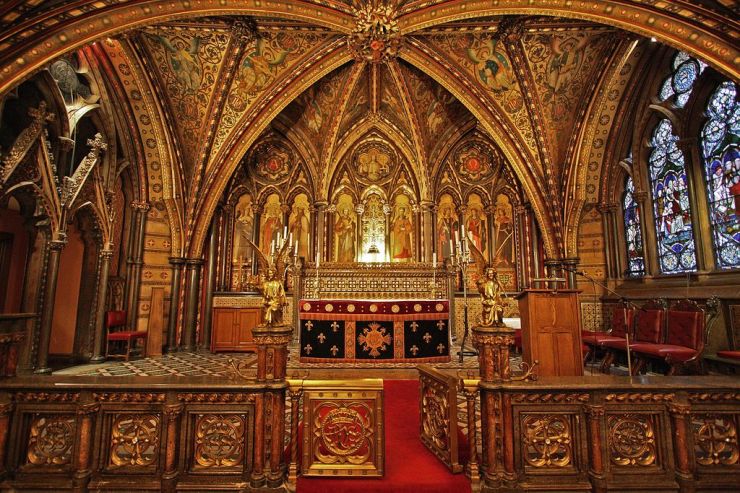
In London, he was a guest of Miss Henrietta Muller, but after staying for a short time, he moved to stay at Mr. Sturdy’s place in Reading. He was already a Vedantist and mastered his knowledge from Swamiji who helped him to translate the Narada-Bhakti-Sutras into English during his six-week stay. Swamiji spent the months of September and October visiting places of historic and artistic interest in England.

Tom Quad, Christ Church, University of Oxford
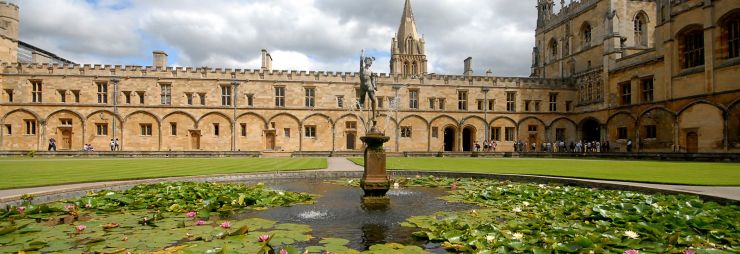
Who could touch the sarcophagus of the knight John de Nawers resting for eternity in Christ Church Cathedral, with his faithful dog at his feet, and not feel emotional at touching history?
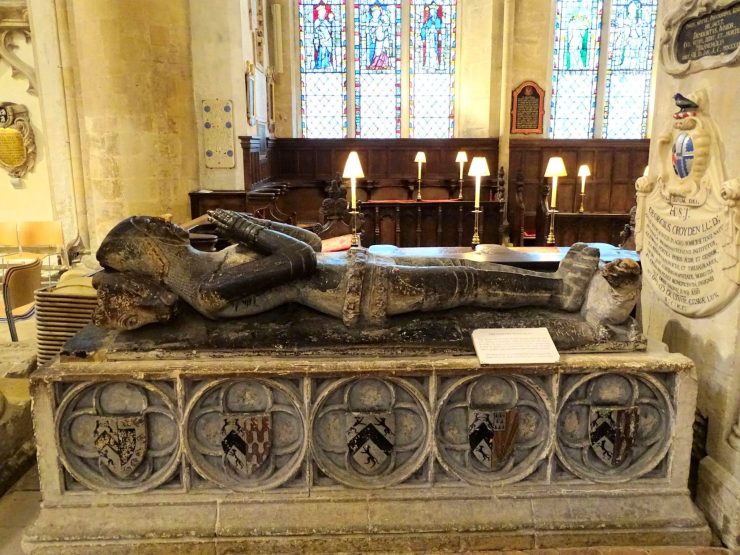
Oxford Botanic Garden

King’s College in Cambridge
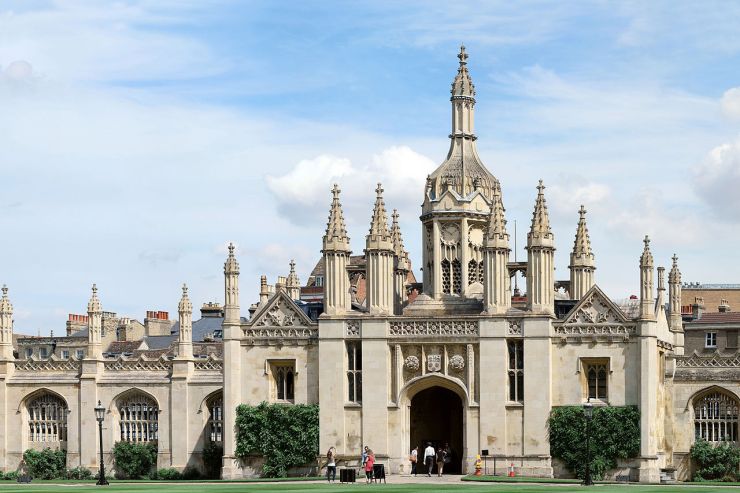
Fitzwilliam Museum in Cambridge
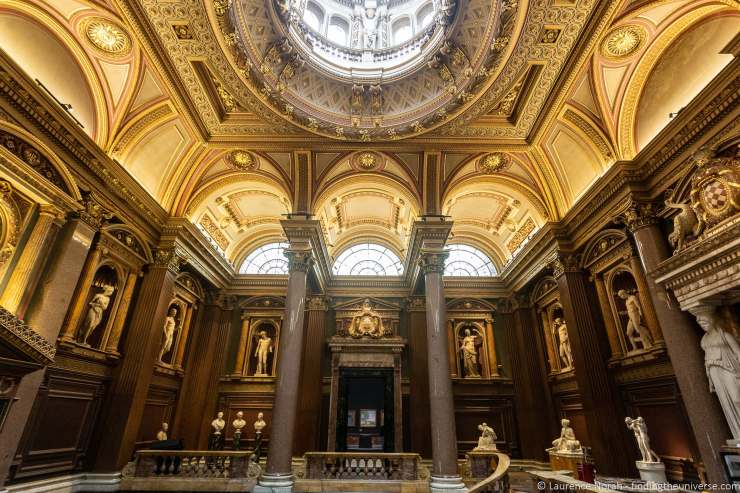
The University Botanic Garden in Cambridge
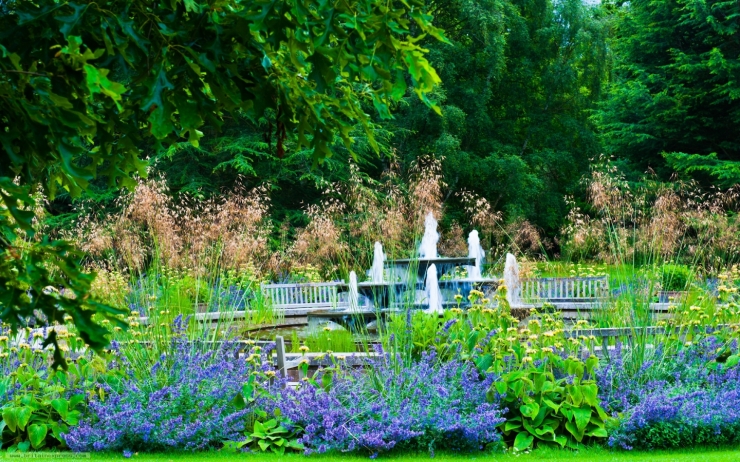
Houses of Parliament in historical London
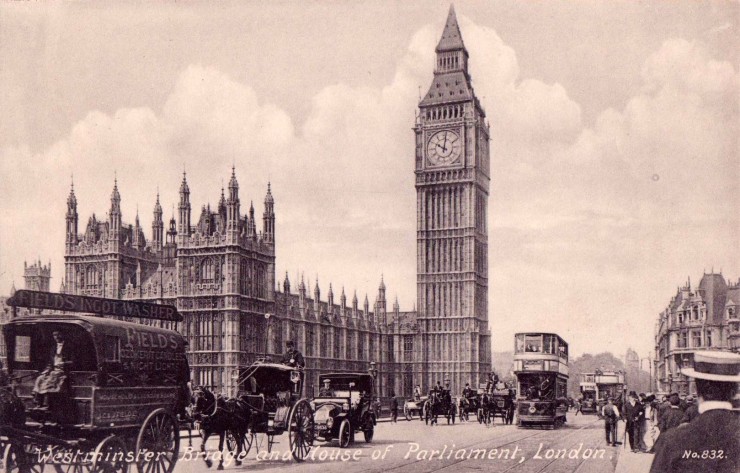
Swamiji’s first lecture in England, on “Self-Knowledge,” was on the 22nd of October at Prince’s Hall in Piccadilly. It was well-received by the audience and acclaimed by the press. He next spoke at the residence in Chelsea of Rev. H.R. Haweis. Towards the end of the month, Swamiji found lodgings at 80 Oakley Street in Chelsea, where he took regular classes, which were always overcrowded and people had to sit on the floor. During this period he also lectured at clubs, societies, and even private drawing rooms carrying out his mission of spreading Sri Ramakrishna’s teachings.
Historical Piccadilly
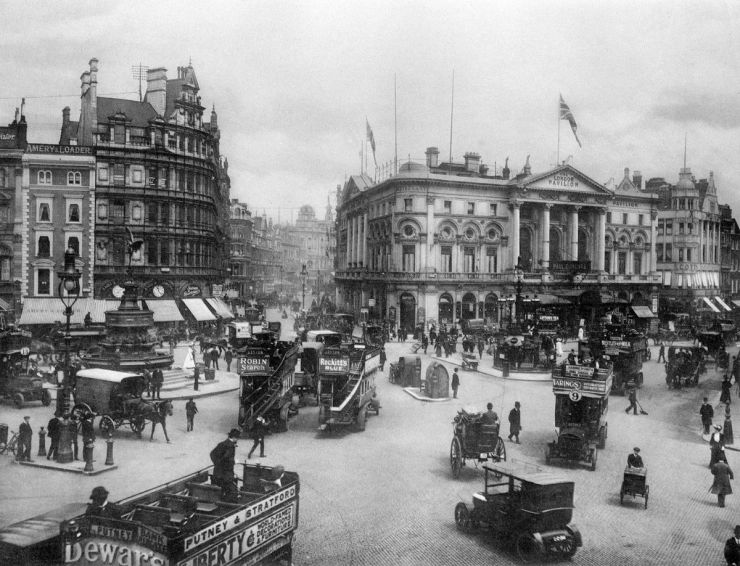
Lady Isabel Margesson was one of the first to call on Swamiji at his Oakley Street residence. She was very impressed with Swamiji’s teachings, and on one Sunday in November that year, invited him to speak at her residence at 63 St, George’s Road. One of the attendees was a lady highly interested in educational work, Margaret Noble. She was principal of the school she owned and an outstanding member of the Sesame Club, of which Lady Margesson was the Secretary. Miss Noble carefully weighed Swamiji’s words but found it difficult to accept them at face value. It took several months to accept Swamiji’s philosophy, and it was only when he was leaving England towards the end of November, that she addressed him as “Master.” She became one of the most devoted disciples of Swamiji, but in the true spirit of her Master’s teachings, she accepted his sayings only after she was convinced of their contents.
Margaret Noble, later known as Sister Nivedita
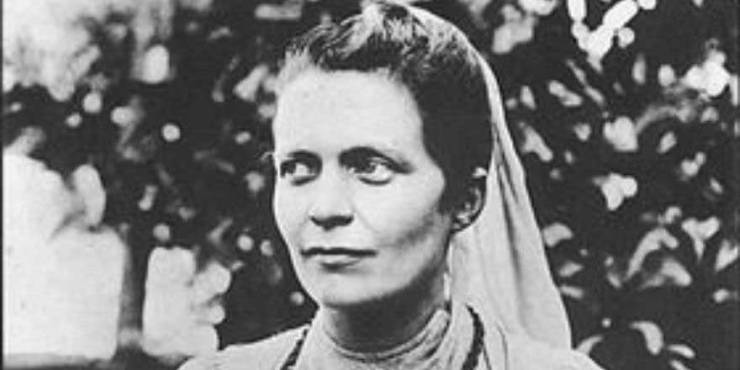
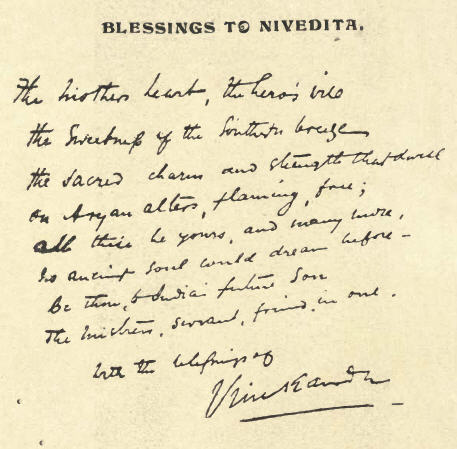
BLESSINGS TO NIVEDITA
The mother’s heart, the hero’s will,
The sweetness of the southern breeze,
The sacred charm and strength that dwell
On Aryan altars, flaming, free;
All these be yours, and many more
No ancient soul could dream before —
Be thou to India’s future son
The mistress, servant, friend in one.
With the blessings of Vivekananda
Written to Sister Nivedita
Swamiji was back in New York on the 6th of December 1895, and was happy to find that his devotees had kept the embers burning in his absence. He moved into a more spacious headquarters at 228 West 39th Street. From there he started regular scripture classes and taught the Four Yogas. His disciples now made arrangements to record the ex-tempore lectures of Swamiji for posterity, and it was mainly due to the tireless efforts of Swamiji’s “faithful Goodwin” – who accompanied Swamiji wherever he went – that much of his thoughts and teachings could be preserved.
Madison Square Garden
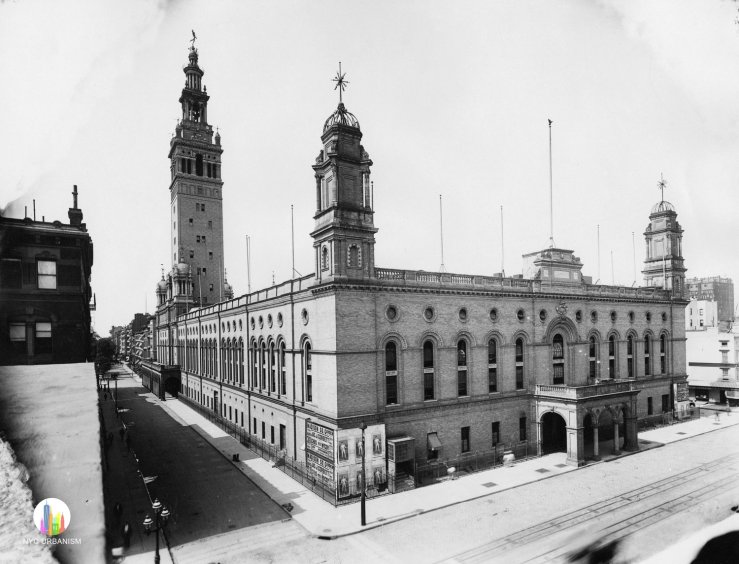
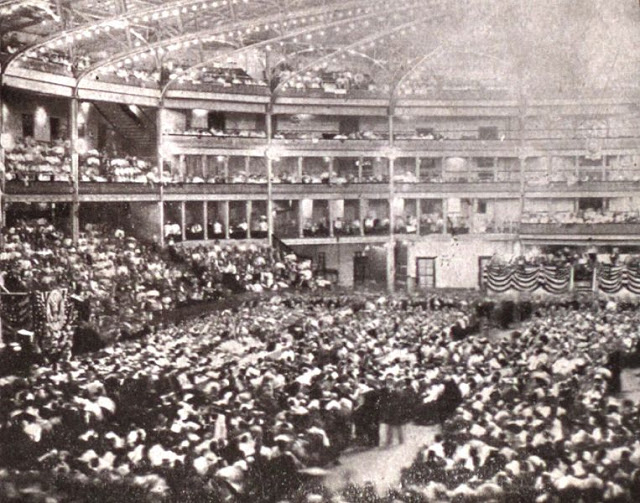
Swamiji’s fame as an orator spread with lightning speed in New York, and soon the 1,500 seat capacity Madison Square Garden had to be hired for his second series of Sunday lectures which he gave in February 1896. Swamiji was soon reckoned to be a spiritual guide and teacher “whose sublime philosophy is slowly and surely permeating the ethical atmosphere of our country. (America). His Advaita Vedanta knew no bounds of creed and dogmas, and was uplifting, purifying, infinitely comforting, and… based on the love of God”, and thus attracted the intelligentsia of America and sowed the seeds of a spiritual awakening there. People thronged to the libraries to read whatever they could on India and Hindu philosophy, and were quick to appreciate the religious philosophy that appeals to the heart and reason alike, and “satisfies all the religious cravings of human nature.”
Sarah Bernhardt
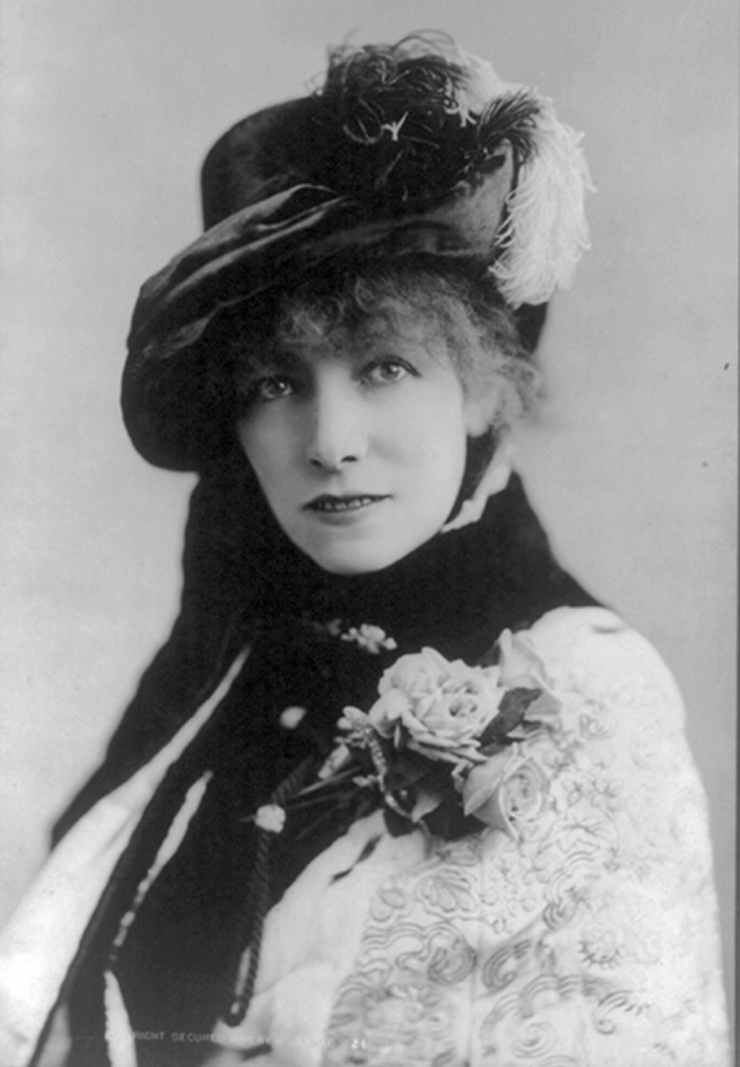
Among the notable devotees that Swamiji acquired this time were the French actress Sarah Bernhardt, the pastor of a fashionable Plymouth Congregational Church, Dr. Lyman Abbott, and the electrical engineer Nikola Tesla, shown below.

Tesla thought that he could prove mathematically Swamiji’s rendition of the rational theories of the kalpas (time cycles), prana (life), akash (ether), as described in the Sankhya philosophy and which could be applied by modern science to solve many a cosmological problem.
After spending about four months in America, during which he toured Detroit, Boston, Chicago, and other places, Swamiji again sailed for England on 15th of April 1896 on the S.S. Germanic, which was an ocean liner built by Harland and Wolff in 1874 and operated by the White Star Line. She was the sister ship of Britannic, serving with the White Star Line until 1904. She later operated under the name Ottawa until 1910.
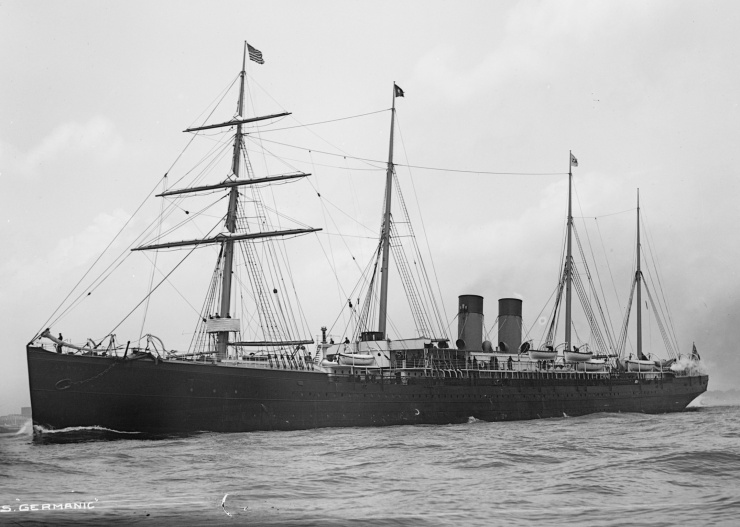
Landing in Liverpool, he left for Reading where he was once again the guest of Edward Sturdy. At the time Swamiji’s younger brother Mahendranath Dutta (below) was in London for higher education.

Sturdy rented for Swamiji and his brother and a few disciples a house at 63 St. George’s Road in Southwest London. Swamiji held classes and gave lectures and continued until the middle of 1896. One of the memorable events of Swamiji’s second visit to England was his meeting the celebrated Orientalist Professor Max Müller at his Oxford residence on 28th May 1896, shortly after the Professor had completed an article on Sri Ramakrishna, entitled
“A Real Mahatma.” Prof. Müller asked Swamiji, “What are you doing to make him known to the world?” After Swamiji provided him with many facts, it resulted in his later work, “Ramakrishna: His Life and Sayings.”
Professor Max Müller
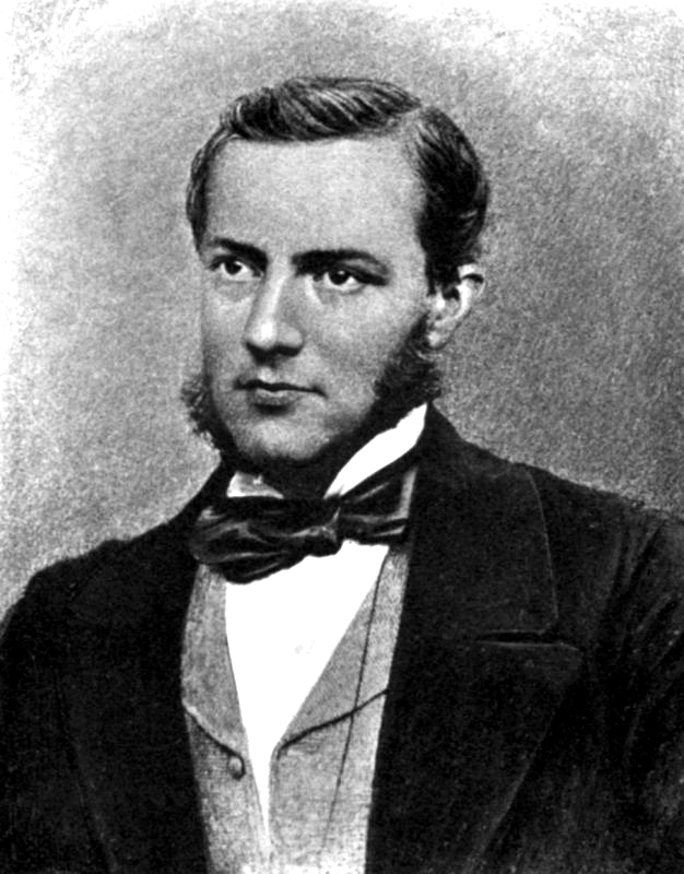

In London, July marked the end of the lecture season and Swamiji accepted an invitation of his friends-followers to have a holiday and tour the European continent. Swamiji was elated at the prospect of visiting Switzerland and the Alps. During the tour, they visited Calais, Paris, Geneva, Chamonix, and the Alps.
Geneva, Switzerland
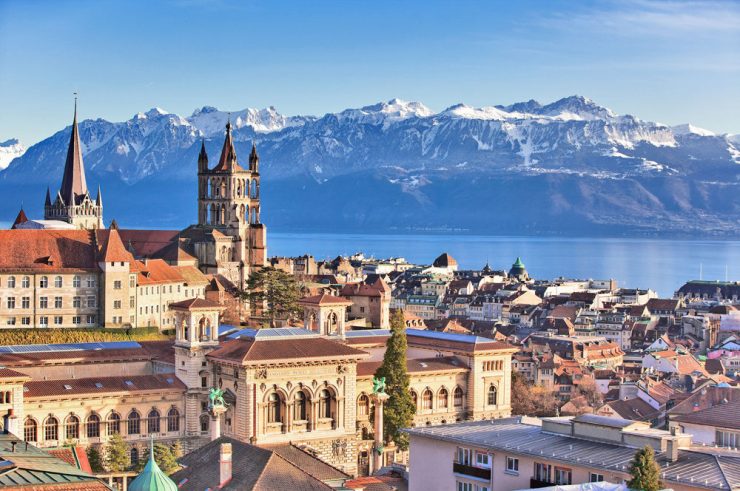
The Swiss Alps
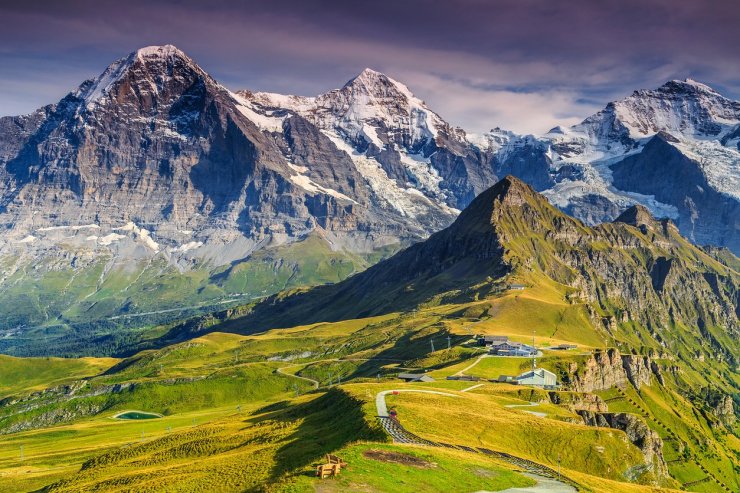
“Mountain” by Ludovico Einaudi (courtesy of Michael J. Legare):
Mountains fascinated Swamiji beyond words and he wanted to set up a monastery somewhere there, which later resulted in one being built in the Himalayas. From there, the group went to Germany and visited several places there, including Berlin, Heidelberg, Cologne, and a few others. In all these places, Swamiji visited anything of historical importance.
Heidelberg
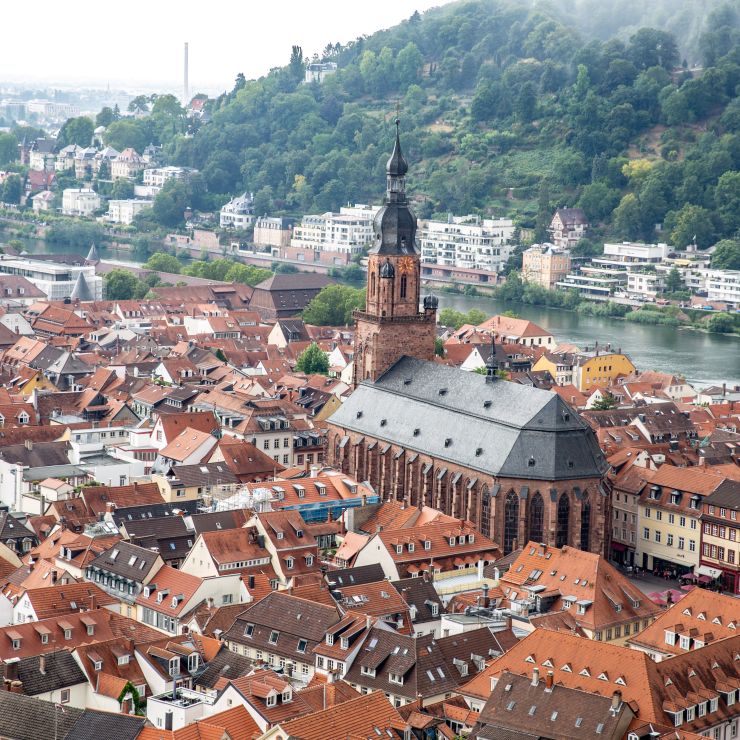
Berlin
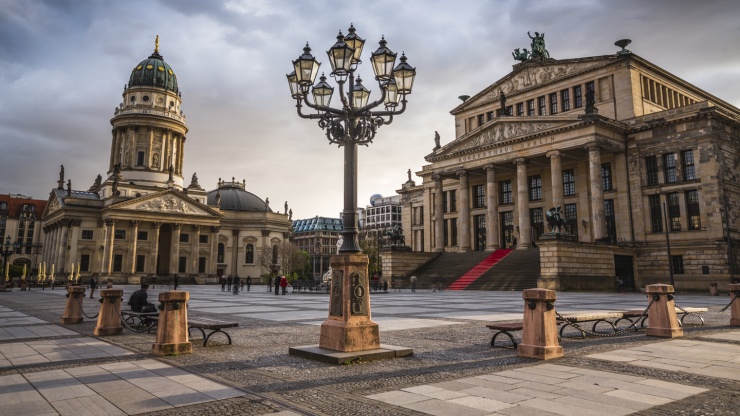
After his return to London, Swamiji continued with his work commitments but towards the end of 1896, he decided to go back to India. The Indian famine of November 1896, convinced Swamiji of his calling there. His London disciples donated generously toward the cause, and he sent the subscriptions to India for relief work to be undertaken by the Ramakrishna Order, the emphasis being on social service even through religious activities.
On 16th of December 1896, Swamiji left London with his group of followers to travel to Italy where they visited Milan, Pisa, Florence, Naples, and Rome. In Italy, they extensively toured the cathedrals, museums, and art galleries.
Exterior of the Uffizi Gallery, Florence, Italy
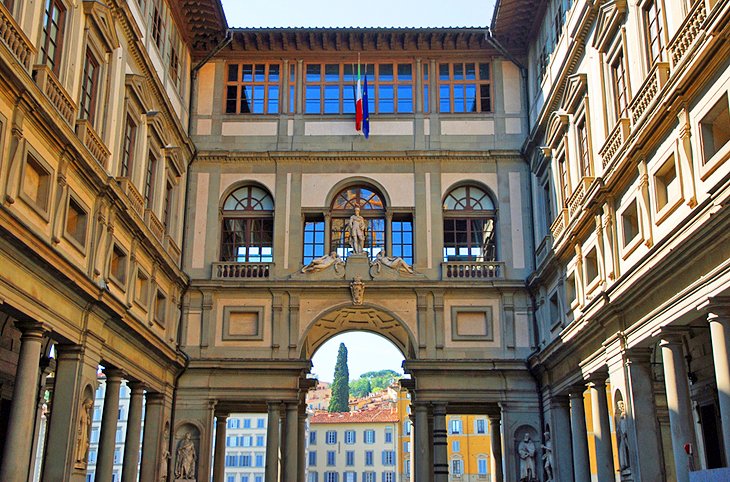
Highlights of the Uffizi Gallery include:
Portraits of the Duke and Duchess of Urbino by Piero della Francesca

In the centre of the stunning octagonal Tribuna, in itself a work of art, is the Medici Venus, the most famous Classical marble sculpture in Florence:
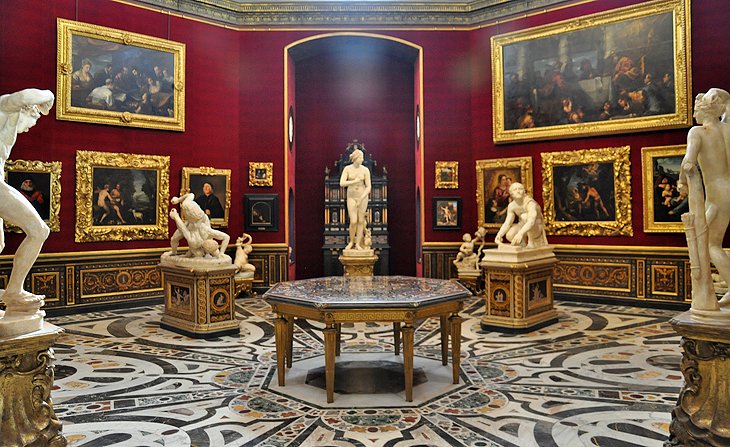
Some of the paintings shown below Swami would have admired on his tour of Europe.
“Landscape with Apollo Guarding the Herds of Admetus” by Claude Lorrain

“Lady with an Ermine” by Leonardo da Vinci. The ermine is a symbol of faithfulness.
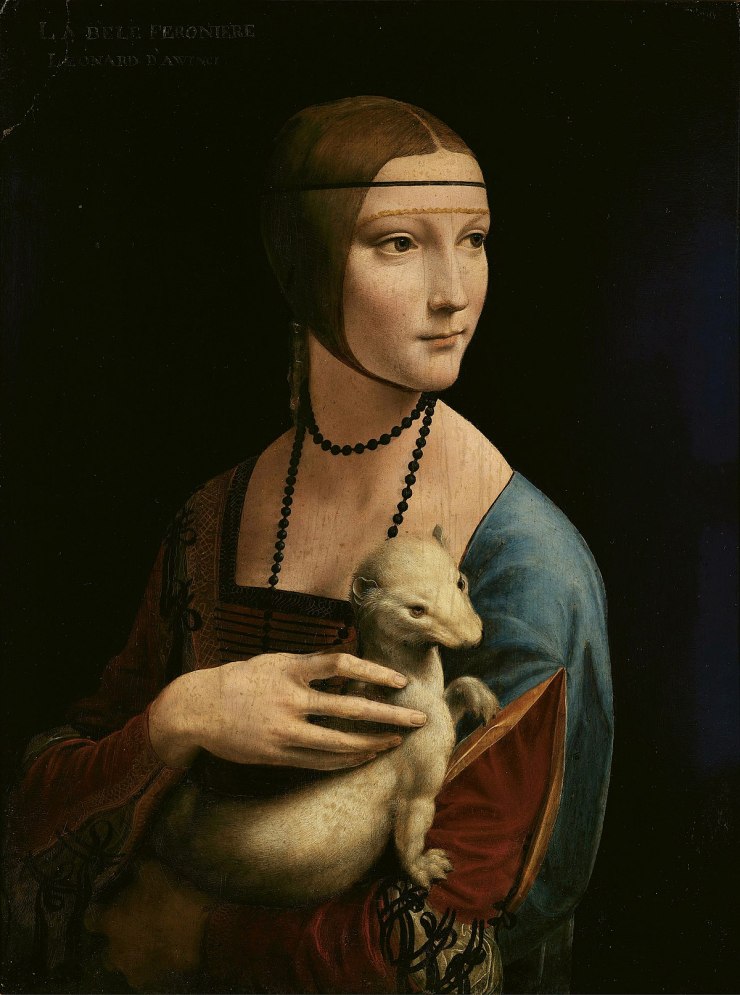
Detail from The Last Supper by Leonardo da Vinci
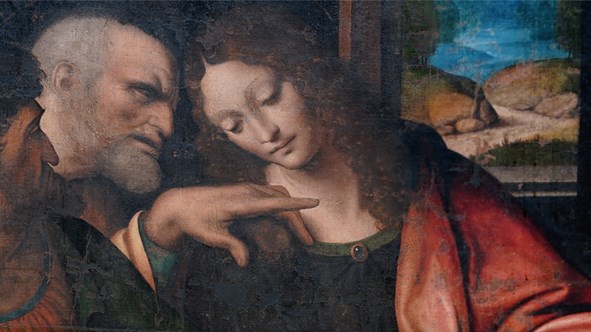
“Mona Lisa” by Leonardo da Vinci
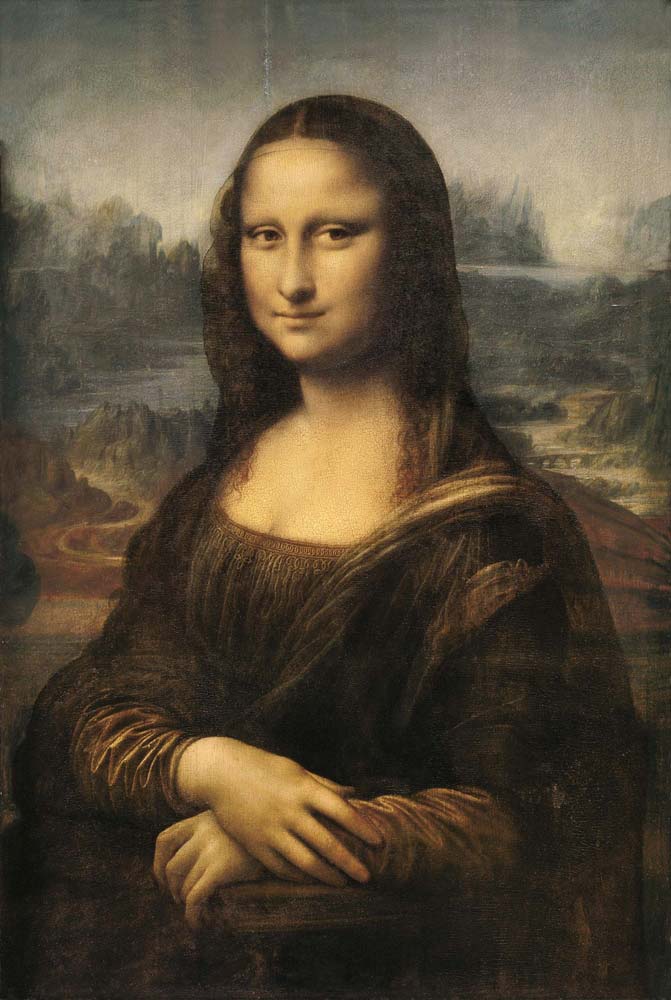
“The Creation of Adam” by Michaelangelo

On his way to India, Swamiji visited Aden, and finally, on the 15th of January 1897, S.S. Prinz Regent Luitpold docked at Colombo, then under the same British rule as India.
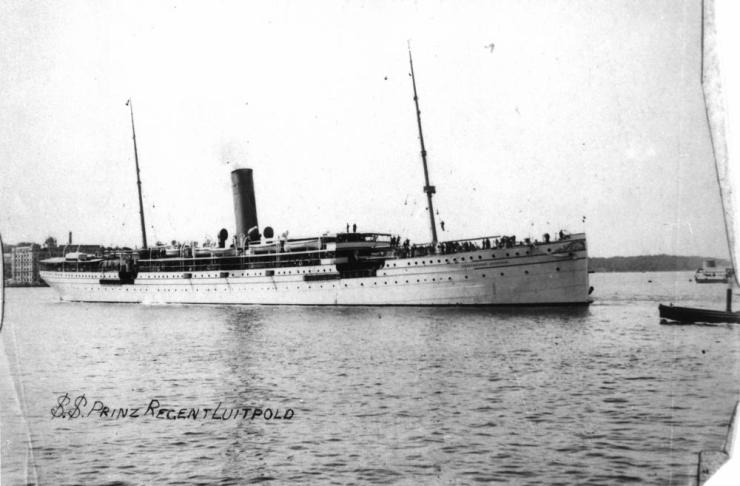
As S.S. Prinz Regent Luitpod docked at Colombo on the evening of 15th of January 1897, the shouts and clapping of the huge crowd drowned the sound of the breaking waves of the Indian Ocean. This was the beginning of the triumphant return home of Swami Vivekananda.
The world’s tallest statue of Swami Vivekananda, recently unveiled in Karnataka

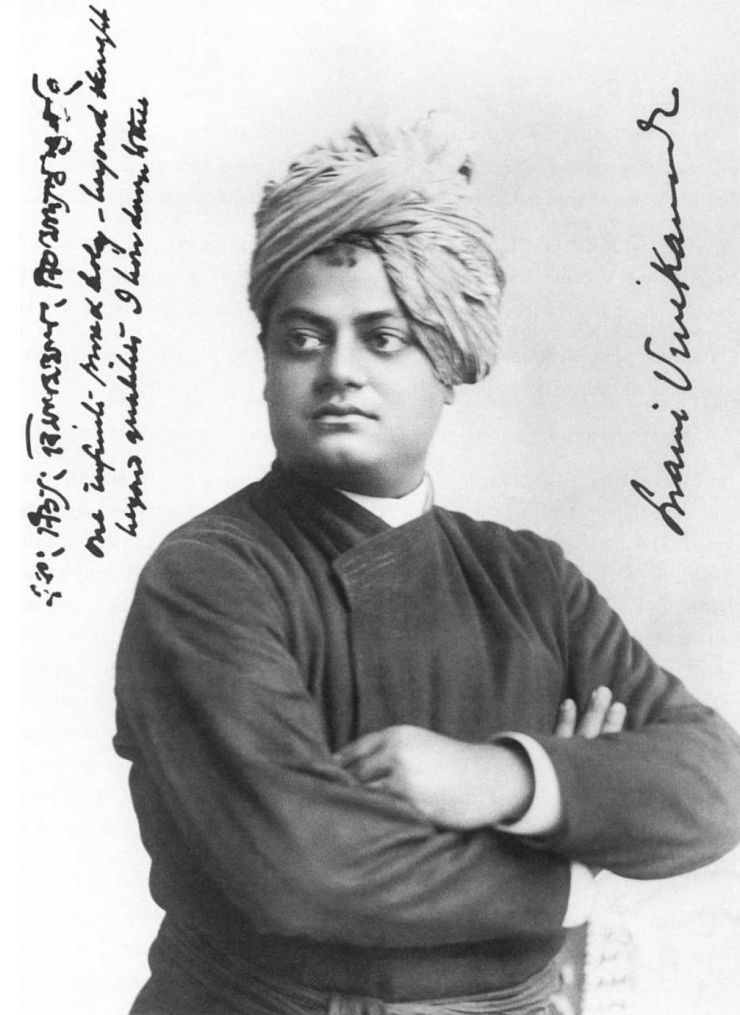
Above: Swami Vivekananda in Chicago, 1893 On the photo, Swamiji has written in Bengali, and in English: “One infinite pure and holy—beyond thought beyond qualities I bow down to thee” – Swami Vivekananda
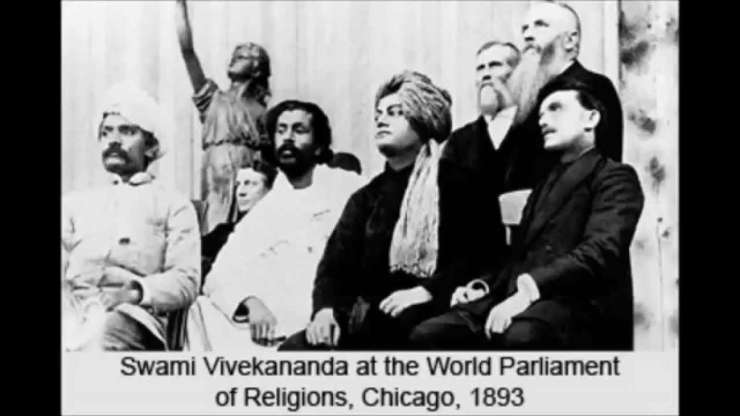
For the interest of those readers who asked me to write about the relationship of Swami and Tesla, here is what I found.
Swami Vivekananda, late in the year l895 wrote in a letter to an English friend, “Mr. Tesla thinks he can demonstrate mathematically that force and matter are reducible to potential energy. I am to go and see him next week to get this new mathematical demonstration. In that case, the Vedantic cosmology will be placed on the surest of foundations. I am working a good deal now upon the cosmology and eschatology of the Vedanta. I clearly see their perfect union with modern science, and the elucidation of the one will be followed by that of the other.”
Here Swamiji uses the terms force and matters for the Sanskrit terms Prana and Akasha. Tesla used the Sanskrit terms and apparently understood them as energy and mass. (In Swamiji’s day, as in many dictionaries published in the first half of the present century, force and energy were not always clearly differentiated. Energy is a more proper translation of the Sanskrit term Prana.)
Tesla apparently failed in his effort to show the identity of mass and energy. Apparently, he understood that when speed increases, mass must decrease. He seems to have thought that mass might be “converted” to energy and vice versa, rather than that they were identical in some way, as is pointed out in Einstein’s equations. At any rate, Swamiji seems to have sensed where the difficulty lay in joining the maps of European science and Advaita Vedanta and set Tesla to solve the problem. It is apparently in the hope that Tesla would succeed in this that Swamiji says “In that case, the Vedantic cosmology will be placed on the surest of foundations.” Unfortunately, Tesla failed and the solution did not come till ten years later, in a paper by Albert Einstein. But by then Swamiji was gone and the connecting of the maps was delayed.
Nikola Tesla used ancient Sanskrit terminology in his descriptions of natural phenomena. As early as 1891 Tesla described the universe as a kinetic system filled with energy that could be harnessed at any location. His concepts during the following years were greatly influenced by the teachings of Swami Vivekananda. As we know from previous posts, Swami Vivekananda was the first of a succession of eastern yogis who brought Vedic philosophy and religion to the west.
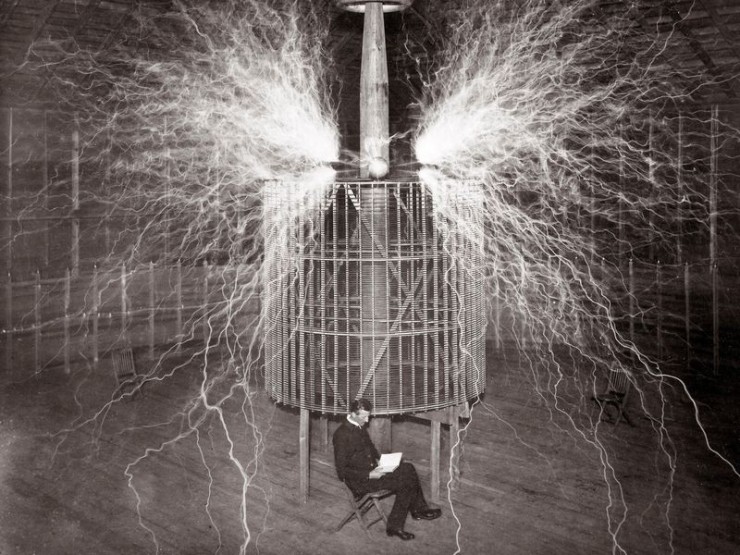
By the year 1891, Nikola Tesla had invented many useful devices. These included a system of arc lighting (1886), the alternating current motor, power generation and transmission systems (1888), systems of electrical conversion and distribution by oscillatory discharges (1889), and a generator of high-frequency currents (1890), to name a few. The most well-known patent centers around an inspiration that occurred while walking with a friend in a park in Budapest, Hungry. It was while observing the sunset that Tesla had a vision of how rotating electromagnetic fields could be used in a new form of electric motor. his led to the well-known system of alternating current power distribution. In 1891 however, Tesla patented what one day was to become his most famous invention. It is the basis for the wireless transmission of electrical power and is known as the Tesla Coil Transformer. Tesla became familiar with the Vedic science of the eastern Nations of India, Tibet, and Nepal. This science was first popularized in the United States and the West during the three-year visit of Swami Vivekananda.
Vedic Science and Swami Vivekananda
The Vedas are a collection of writings consisting of hymns, prayers, myths, historical accounting, dissertations on science, and the nature of reality, which date back at least 5,000 years. The nature of matter, antimatter, and the makeup of atomic structure are described in the Vedas. The language of the Vedas is known as Sanskrit. The origin of Sanskrit is not fully understood. Western scholars suggest that it was brought into the Himalayas and thence south into India by the southward migrations of the Aryan culture. Paramahansa Yogananda and other historians however do not subscribe to that theory, pointing out that there is no evidence within India to substantiate such claims.
“There manifests itself in the fully developed being, Man, a desire mysterious, inscrutable and irresistible: to imitate nature, to create, to work himself the wonders he perceives…. Long ago he recognized that all perceptible matter comes from a primary substance, or tenuity beyond conception, filling all space, the Akasha or luminiferous ether, which is acted upon by the life-giving Prana or creative force, calling into existence, in never-ending cycles all things and phenomena. The primary substance, thrown into infinitesimal whirls of prodigious velocity, becomes gross matter; the force subsiding, the motion ceases and matter disappears, reverting to the primary substance.”
Tesla may have come into contact with Sanskrit terminology through his association with Swamiji.
Nikola Tesla, the great scientist who specialized in the field of electricity, was much impressed to hear from Swami his explanation of the Samkhya cosmogony and the theory of cycles given by the Hindus. He was particularly struck by the resemblance between the Samkhya theory of matter and energy and that of modern physics. The Swami also met in New York Sir William Thompson, afterward Lord Kelvin, and Professor Helmholtz, two leading representatives of western science. Sarah Bernhardt, the famous French actress had an interview with the Swami and greatly admired his teachings. It was at a party given by Sarah Bernhardt that Nikola Tesla probably first met Swami Vivekananda. Sarah Bernhardt was playing the part of ‘Iziel’ in a play of the same name. It was a French version of the life of Buddha. The actress upon seeing Swami Vivekananda in the audience arranged a meeting which was also attended by Nikola Tesla.

The Swami Vivekananda Shrine at the Hindu Temple of Greater Chicago
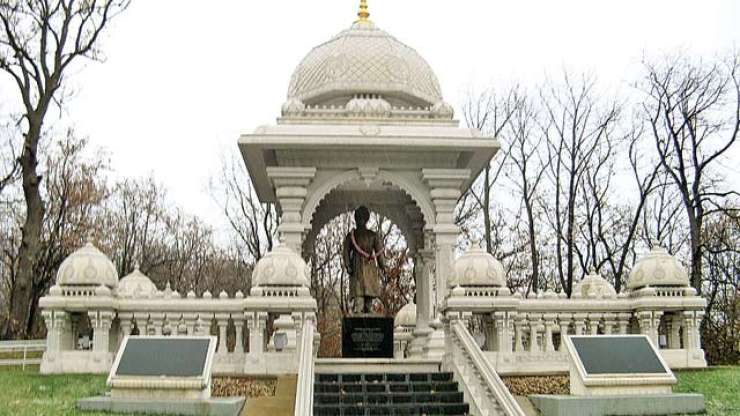
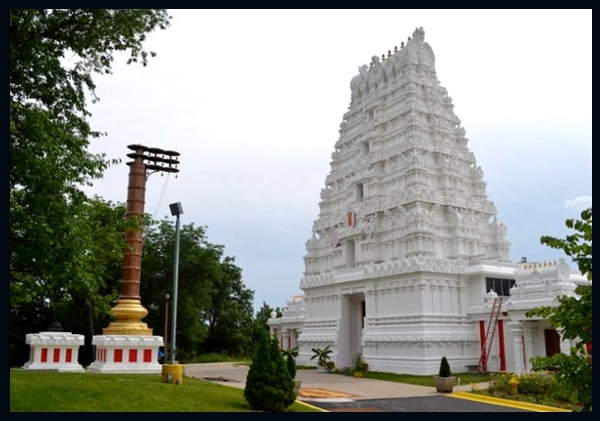
The monument above is a part of the Hindu Temple, a lasting legacy of Swami’s work in Chicago.
Two equally enthusiastic champions of Swami Vivekananda, Abhi and Niyu:
The last word goes to one of my very favourite quotes written by The Master, Swami Vivekananda,
showing the way of Dharma or The Life Well Spent.
The Three Golden Rules to follow in life:
1) Who is helping you, don’t forget them
2) Who is loving you, don’t hate them
3) Who is believing you, don’t cheat them
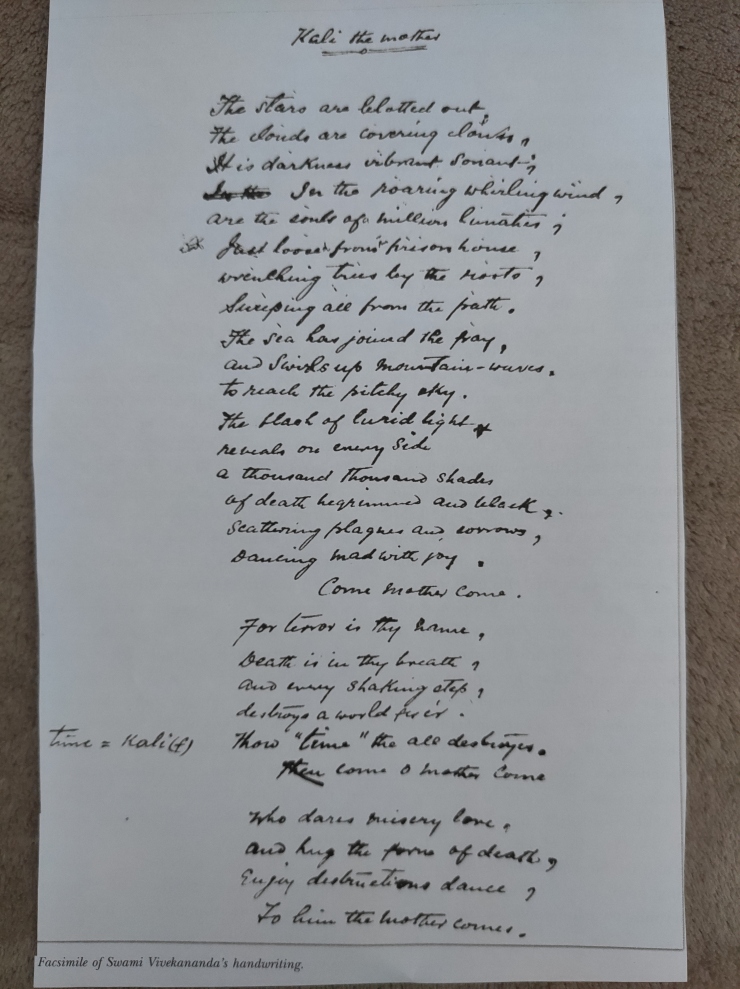
Kali the Mother
The stars are blotted out,
The clouds are covering clouds.
It is darkness vibrant, sonant.
In the roaring, whirling wind
Are the souls of a million lunatics
Just loose from the prison-house,
Wrenching trees by the roots,
Sweeping all from the path.
The sea has joined the fray,
And swirled up mountain-waves,
To reach the pitchy sky.
The flash of lurid light
Reveals on every side
A thousand, thousand shades
Of Death begrimed and black-
Scattering plagues and sorrows,
Dancing mad with joy,
Come, Mother, come!
For terror is Thy name,
Death is in thy breath,
And every shaking step
Destoys a world for e’er.
Thou Time, the All-destroyer!
Come, O Mother, come!
Who dares misery love,
And hug the form of Death,
Dance in destruction’s dance
To him the Mother comes.
– Swami Vivekananda
Written in Kashmir, on a houseboat, on Dal Lake, after visiting the Kshir Bhavani Temple.

![]()
Thank you for being kind!
Joanna
LikeLike
It is my pleasure!
LikeLike
Thank you!
Joanna
LikeLiked by 1 person
Thank you so much for your wishes and blessings to the family 🙏
LikeLike
You are more than welcome, Dhirendra, and blessings to your family too!
Joanna
LikeLike
You are absolutely right Joanna, about the teachings & influence of Buddha all around the world 🙏🙏
LikeLike
Thank you, Dhirendra! I am Buddha’s admirer!
Joanna
LikeLiked by 1 person
Namaste 🙏
LikeLike
Namaste!
Joanna
LikeLike
Thank you, Joanna, for this post on Swamiji, Prince among men, a man in a million. Swami Vivekananda travelled extensively, as you have eloquently described in this post with the help of pictures and videos. One might wonder why he travelled to America, Britain, and other countries. Vivekananda must have been aware of the growing interest in Eastern spiritual ideas in the West and wanted to further popularise them by discussing religion and philosophy. Additionally, he sought to raise funds for his new social project.
In my view, travelling provides the opportunity to meet many people with mutual interests. Had he not travelled abroad and met influential individuals, he might not have been invited to the Parliament of the World’s Religions to deliver his historic address. He would not have met Margaret Noble (Sister Nivedita), Goodwin, Nikola Tesla, and others.
Swamiji’s ode to Paris is truly captivating, where he writes, “Paris is the fountainhead of European civilisation, as Gomukhi is of the Ganga.” Starting and ending your post with Swamiji’s beautiful quotes greatly enhances its value. His poetry on Goddess Kali is particularly significant, as his guru, Ramakrishna Paramhansa, was a devout follower of Mother Kali. For him, Kali was not merely a deity, but a living reality, dripping with ecstasy.
The last video gives a good overview of his life and actions and also discusses Tesla’s works. Part 3 is just as interesting and informative as the previous two parts. Thank you so much, Joanna, for taking the time and effort to create yet another memorable post on Swamiji.
LikeLiked by 2 people
Thank you, Kaushal, for your wonderfully analytical comments! I agree with all your thoughts on Swamiji’s intentions, his wisdom was to be admired! There is so much about Swamiji that it is impossible to write just a tribute in one or two posts! I wish I could see the temple in Chicago, dedicated to him!
Thank you again, Kaushal, for your time and thoughts which are deeply appreciated!
Joanna
LikeLiked by 1 person
You’re always welcome, Joanna!
LikeLike
Thank you, Kaushal!
Joanna
LikeLiked by 1 person
Thank Joanna, for this third post about this amazing man! We learn so much about him through you. 🙇♂️
LikeLiked by 1 person
Thank you, Ashley, for your kind comments! Your words are greatly appreciated!
Joanna
LikeLiked by 1 person
💌🤗🌹🍷💓
LikeLike
Thank you!
LikeLike
Dear Joanna, I bow to your meticulous research, your eye for detail and the warm tone of your writing. Thanks to you, I could hear and see some rare footage and photos. Thank you from the bottom of my heart for your incredible tribute to Swamiji. 🙏🏼❤️
LikeLiked by 1 person
Thank you, dear Punam, for your wonderful comments! As I love and admire Swamiji, writing about him was a must! This week will be the last part of my tribute to him, and I know you will like it!
Thank you again, dear Punam, your kind words are deeply appreciated!
Joanna xx
LikeLiked by 1 person
You are very welcome. I deeply appreciate your dedication and commitment to write about him.
I look forward to the last part.
LikeLike
Thank you!
Joanna xx
LikeLiked by 1 person
Another wonderful account of the gift that Swami Vivekananda brought that you have captured flawlessly. It was fun to hear about his travels to Chicago where my aunt and uncle lived for most of their life after leaving S.F. and seeing the photos from so long ago. The world fair had to be incredible.
I loved his fresh eyes, connections, love of Paris and really anywhere he went. His poetry and writing was also lovely to read.
Great sources, photos, music and a pulling together of his tremendous influence. I also found it fascinating he studied yoga in NY when people sought after Indian gurus and yogini’s. 💗
Thank you so much for your time and labor of love💕🙏🏼
LikeLiked by 1 person
Thank you so much, Cindy, for your wonderfully analytical comments! You covered all important points, and I cannot thank you enough for your wise, kind, and interesting thoughts!
Joanna
LikeLiked by 1 person
You[‘re so very welcome, Joanne. Your posts are always amazing and I’m glad you felt honored as you should💕
LikeLike
Thank you again, Cindy, for your beautiful thought, all greatly appreciated!
Joanna xx
LikeLiked by 1 person
You’re are so very welcome, Joanna💕
LikeLike
WOW..so glad I found you years ago. The connection you have with Tesla and the Swami is priceless. I too feel there are similarity in the cosmos, physics and our earth. Even back to the pyramid days with their viaducs – “Water energy” So glad you are here to share this amazing accounts and relationships! CHEERS! AND A BIG BRAVO TO YOU JOANNA! 🍒
LikeLiked by 1 person
Thank you, Eva, for your wonderful comments! Your kind thoughts are deeply appreciated!
Joanna xx
LikeLiked by 1 person